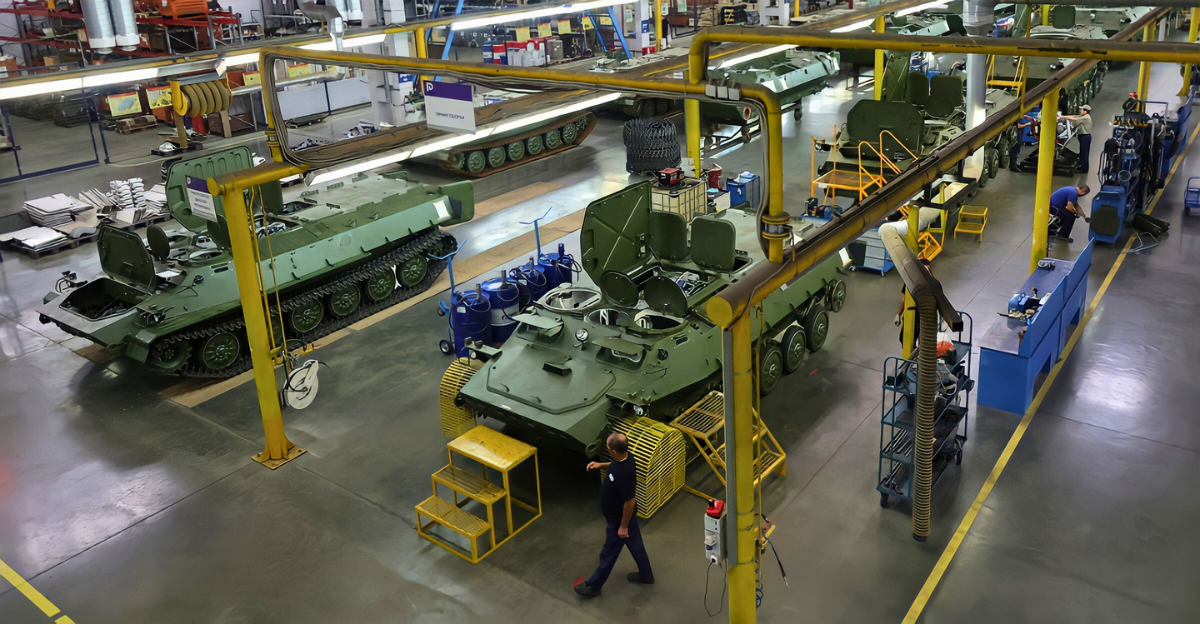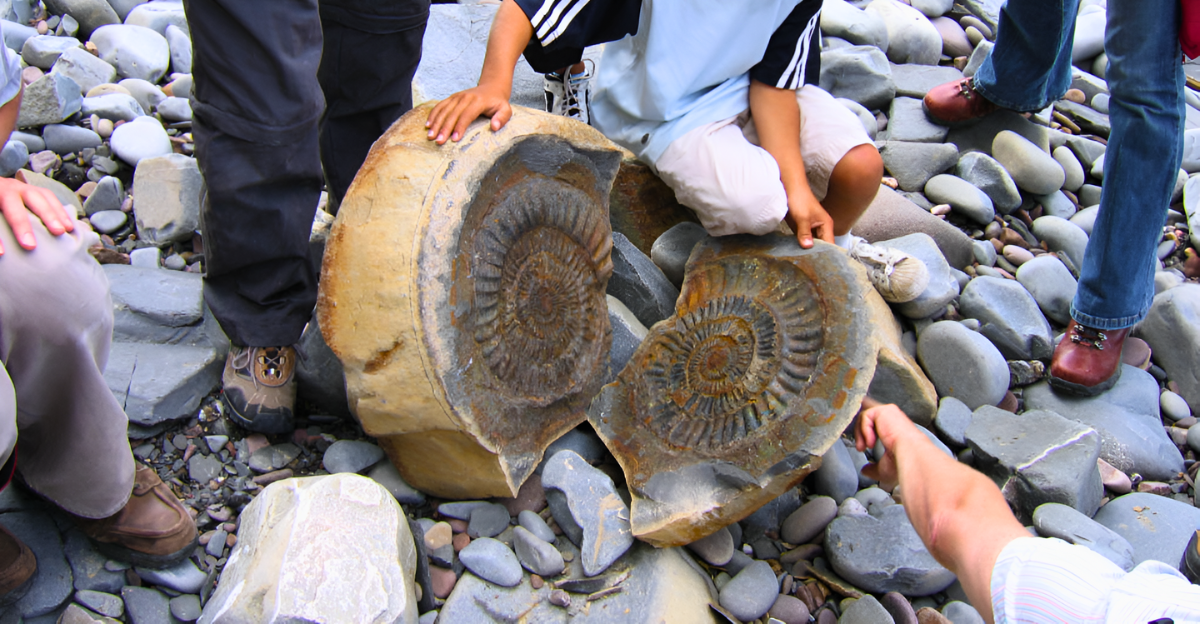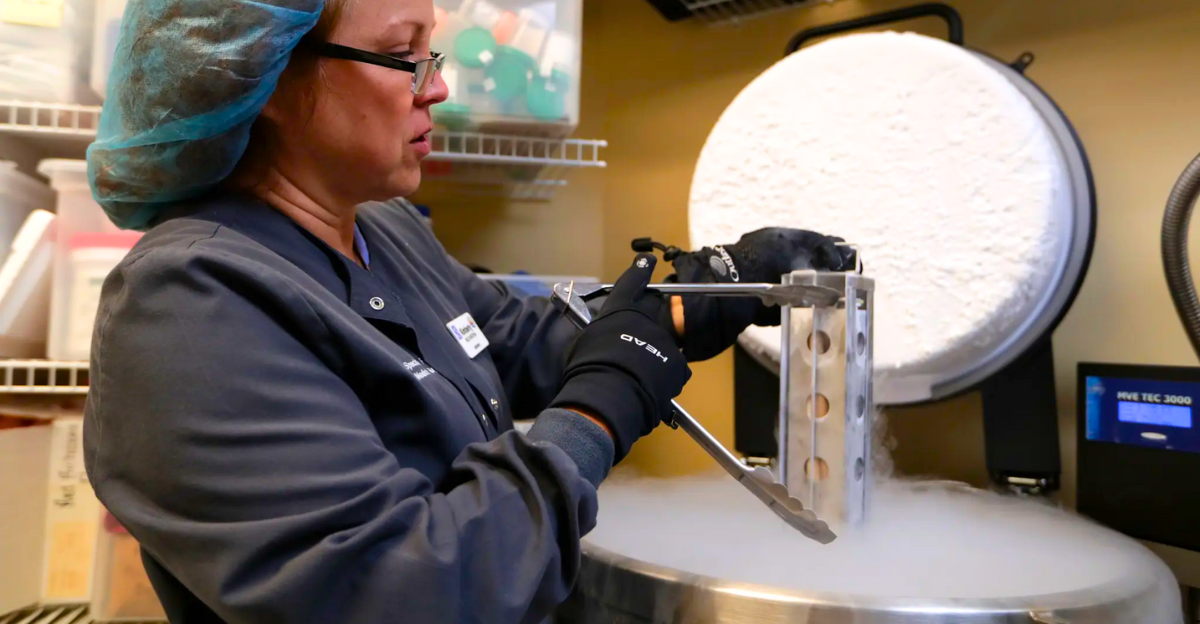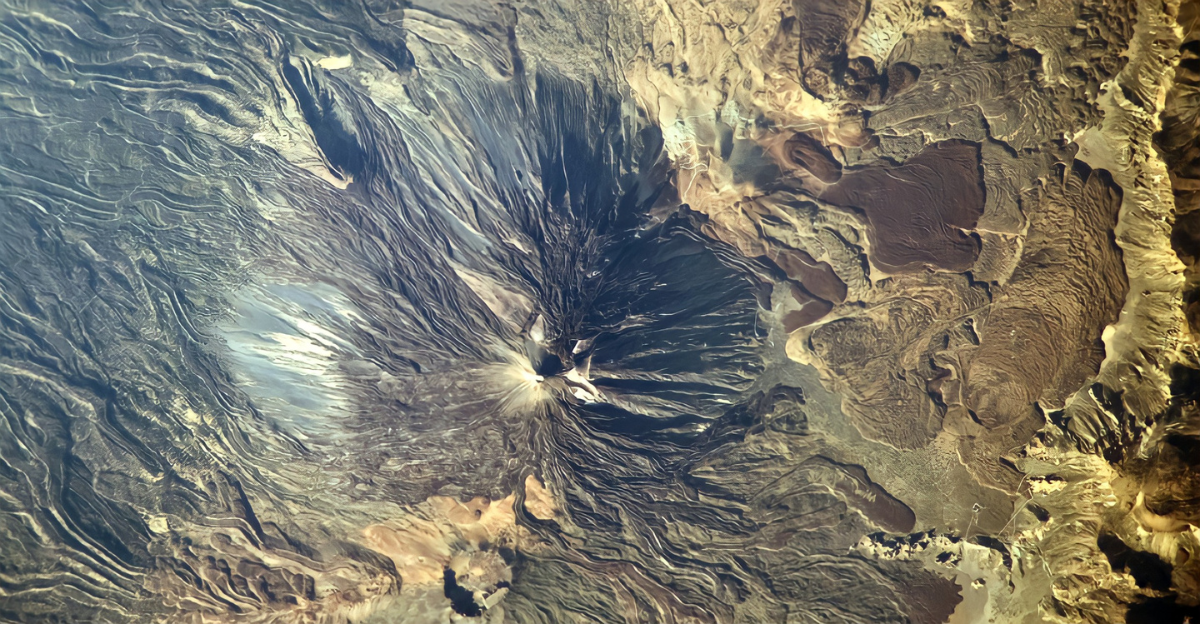
The scientific community is being rocked by a seismic revolution: Structures as old as 200 million years, remains of ancient tectonic plates, have been found beneath the Pacific Ocean where subduction shouldn’t have happened. Far from known tectonic boundaries, dense, anomalous zones have been found deep within the Earth’s mantle thanks to advanced seismic imaging and groundbreaking computational models.
Strong empirical data supported by the newest supercomputers that can process seismic waves and the unwavering honesty of fresh evidence that contradicts cozy consensus serve as the foundation for this discovery rather than speculative conjecture. A renewed understanding of geological timeshifts and updated models of our planet’s inner workings are required as a result of these anomalies, which force scientists to reevaluate the mechanisms of mantle convection, subduction lifespans, and the preservation of crustal materials deep within the Earth.
The Age of Premises
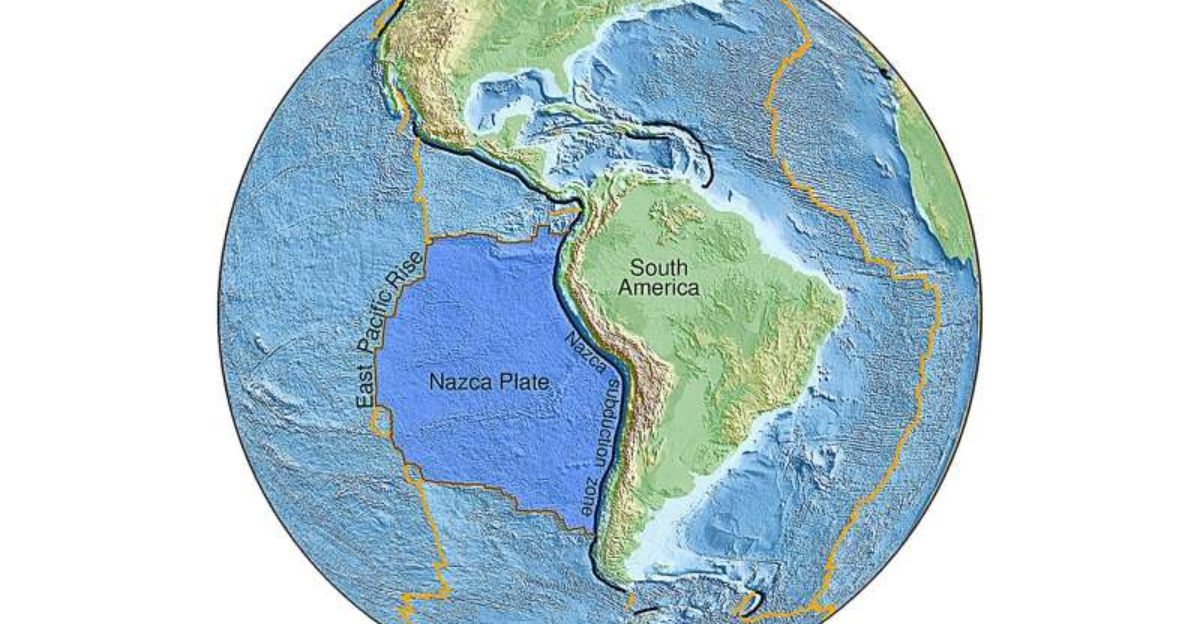
The relatively neat model of plate tectonics that Earth scientists have been working with for decades states that oceanic crust forms at mid-ocean ridges, moves outward, subducts beneath continents, melts, and vanishes into the mantle in tens of millions of years. This cycle appeared elegantly straightforward and orderly. As a result, it was generally believed that subducted plates break up rather quickly after they fall below the surface. Recent findings, however, contradict this oversimplified reductionism.
Our understanding of continental drift, mantle dynamics, and Earth’s thermal and chemical evolution has had to be drastically altered as a result of these tectonic “ghosts” remaining mainly unseen and unaccounted for. Scientists are now reevaluating the timing and mechanisms by which oceanic lithosphere survives deep within the Earth, as historical assumptions regarding rapid mantle mixing and crustal recycling are shown to be incomplete.
Revealing the Pacific: Information That Could Change the Game
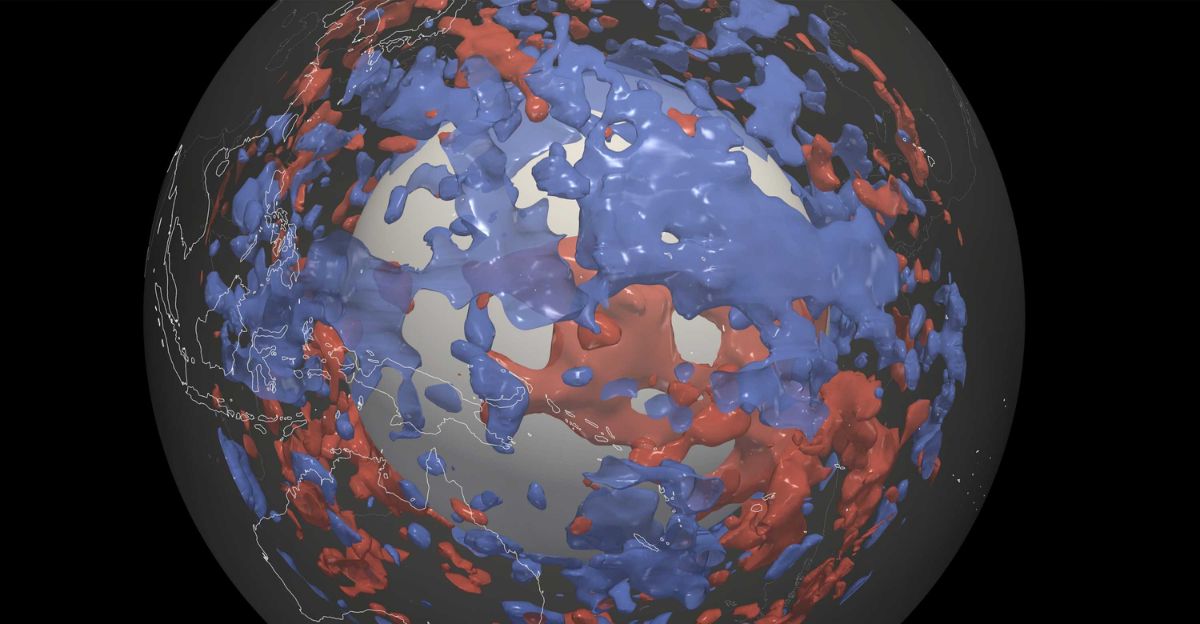
Our capacity to “see” mantle structures with previously unheard-of resolution has been completely transformed by recent developments in seismic imaging techniques, particularly full-waveform inversion and extremely complex computational geophysics. These techniques have been used by research teams at universities like the University of Maryland and ETH Zurich to map dense and slow-seismic velocity anomalies beneath the Pacific Ocean.
The existence of enormous, ancient seafloor slabs hundreds of kilometers beneath the crust is confirmed by signals detected by global seismic networks, demonstrating that some regions of the oceanic lithosphere have remained mostly intact for hundreds of millions of years. These results imply that there are numerous comparable fossil slabs in the world that have so far eluded discovery because of technological constraints.
Putting Geological Orthodoxy to the Test
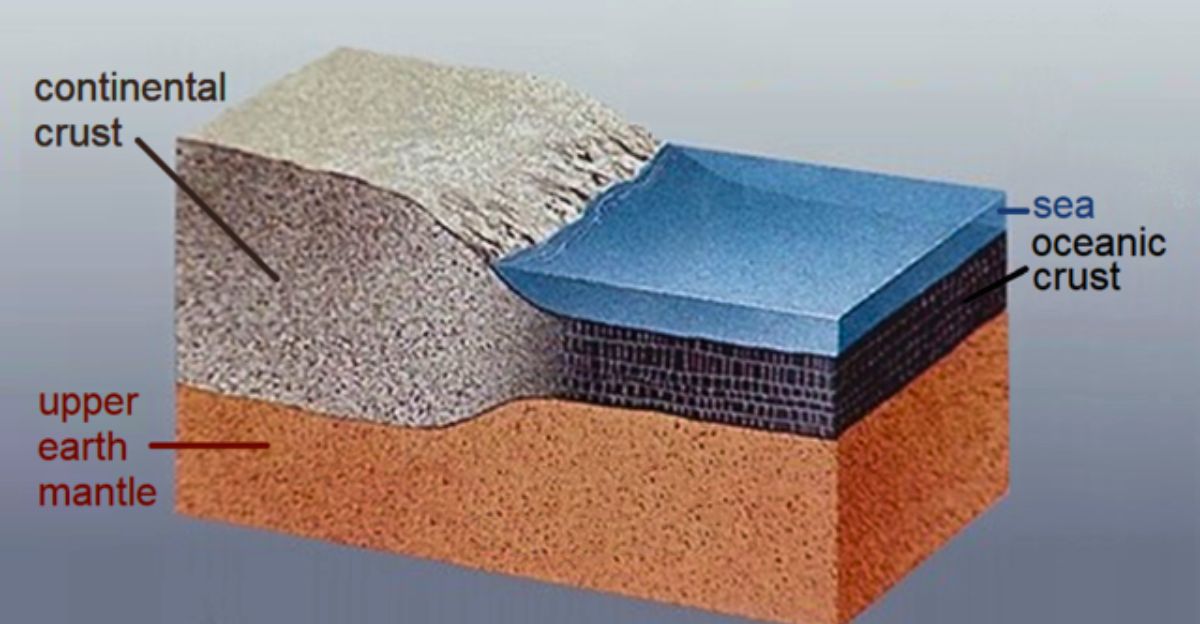
This finding threatens to upend long-standing geological orthodoxy rather than alter our understanding. Classical mantle convection theories, which typically assume rapid and global recycling of subducted plates over short geological timescales, are directly contradicted by the continuous survival of slabs that are 200 million years old.
Contrarian models, which contend that some regions of the mantle act as “graveyards” or repositories for cold, dense oceanic crust that has been shielded from efficient mixing for hundreds of millions of years, are necessary in light of these anomalies. This raises important questions, such as whether these slabs could serve as catalysts for super-volcano eruptions.
Extrapolations: From Covert Slabs to Worldwide Effects
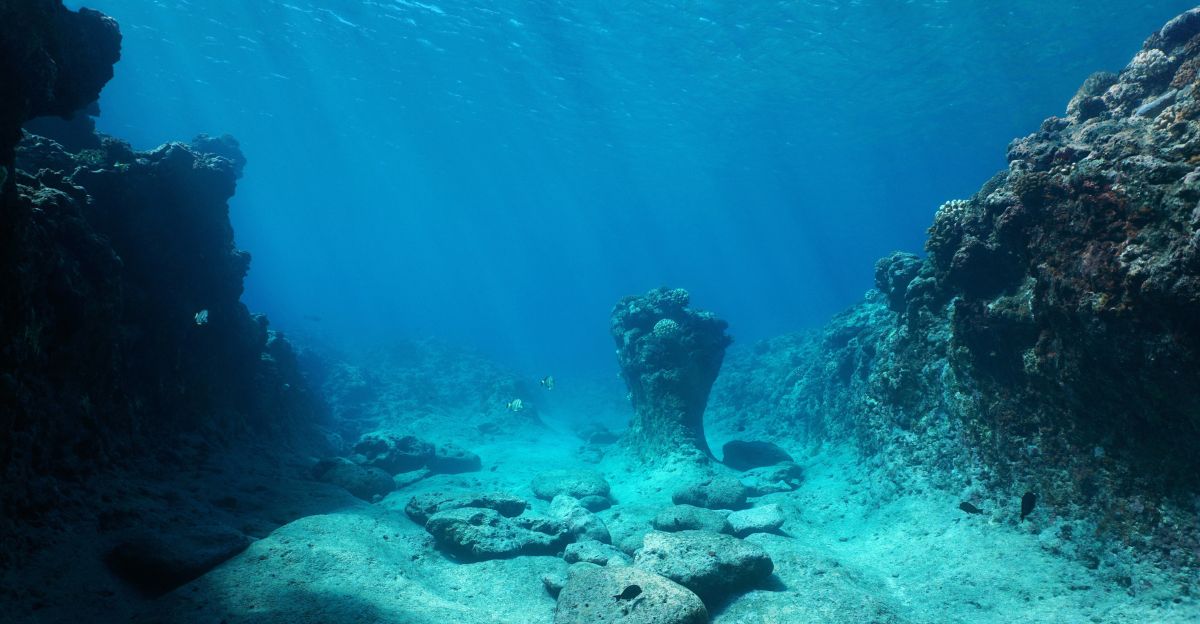
The most important implication of the discovery is that, if dozens of these old slabs are found beneath the Pacific, there may actually be hundreds of them hidden beneath other ocean basins or the interior of continents around the world. Every slab represents a lost period of Earth’s geological past and may have an impact on continental evolution, volcanism, and mantle plumes.
It also challenges presumptions about the distribution of resources in relation to mineral deposits created by mantle interactions over geological time. The Large Low Shear Velocity Province (LLSVP), a perplexing low-velocity zone in the lower mantle of the Pacific, may actually be a fossil “cemetery” of ancient oceanic crust.
Unexpected Relationships between Biology, Energy, and Oceanography
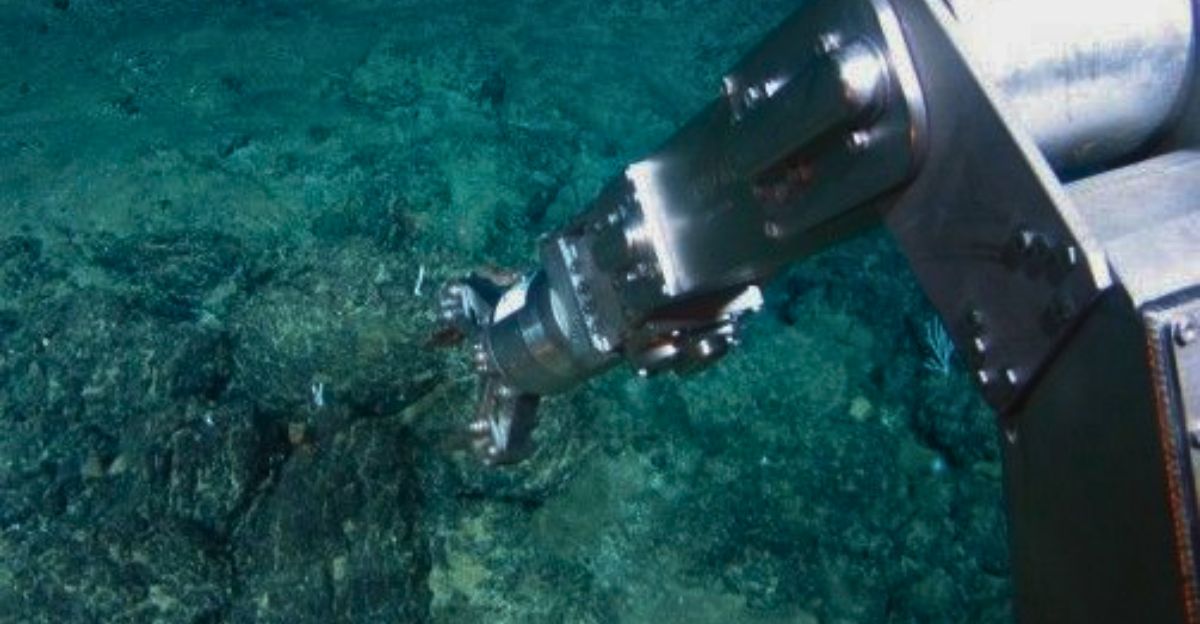
The finding of these long-buried slabs has implications that go far beyond geology. Oceanography and the biosphere may be significantly impacted by thermal and chemical anomalies if these slabs have an effect on mantle chemistry and convection. For instance, hydrothermal vent systems on the seafloor, which support distinct ecosystems reliant on chemicals derived from geothermal sources, are influenced by mantle dynamics.
Deep-sea mining projects and astro-biology may be interested in these ancient zones because they may also have distinctive mineral assemblages or biological signatures. Geothermal energy extraction models can be improved by comprehending how subsurface heat flow is impacted by such slabs in light of climate change and energy demands.
Blind Spots in Psychology: Why Science Ignored Them
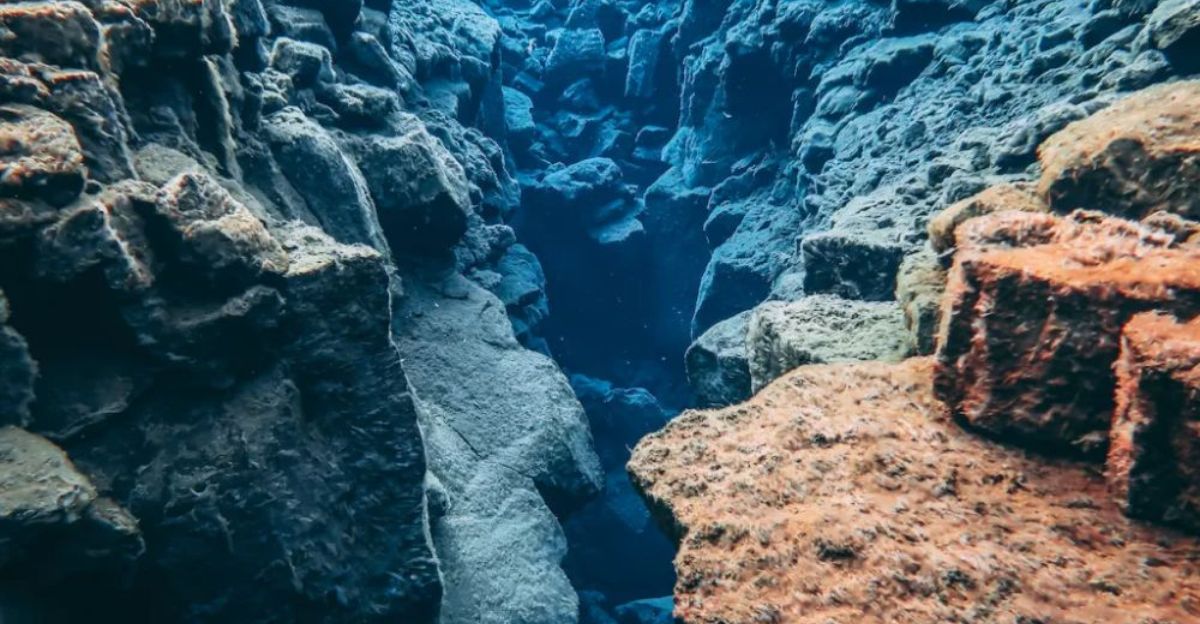
The harsh reality of this finding is that mainstream geology was prevented from identifying these deep, ancient slabs sooner by deeply ingrained psychological and methodological biases. Decades of geological research have strengthened a cycle of confirmation bias, which is the propensity to accept data that supports established theories and ignore contradicting evidence. Scientific dogma tends to favor elegant, economical models.
Until recently, deep mantle structures could not be imaged in detail due to technological limitations. Because of this combination, scientists did not question the generally accepted recycling timescales for oceanic plates, which led to intellectual inertia. The new information forces a reexamination: groundbreaking discoveries frequently lurk in the unexplored shadows of conventional wisdom, necessitating both superior instruments and the intellectual fortitude to face uncomfortable realities.
Frameworks for the Unknown: Strategic Models
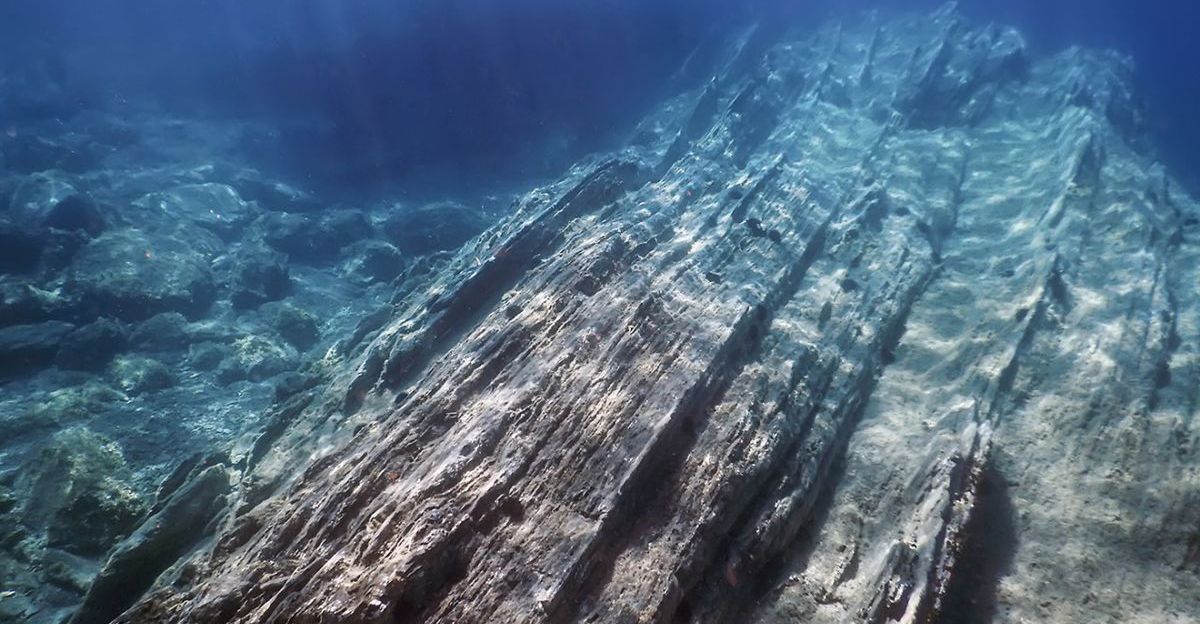
Earth sciences need to develop strategic conceptual frameworks in order to incorporate and build upon this discovery. Think of the Earth’s mantle as a massive archaeological dig, where every slab found is a “mantle fossil” that needs to be methodically categorized and interpreted.
By creating a centralized worldwide registry for these slabs and integrating geo-chemical signatures, seismic tomography, and electromagnetic measurements, it will be possible to turn discrete observations into an extensive archive that will reveal timelines and patterns that were unthinkable just twenty years ago. There is unheard-of potential to speed up the rate of discovery and real-world applications through interdisciplinary partnerships that combine geology, computational modeling, data science, and planetary physics.
Theoretical Advancements: From Theory to Subsequent Impacts
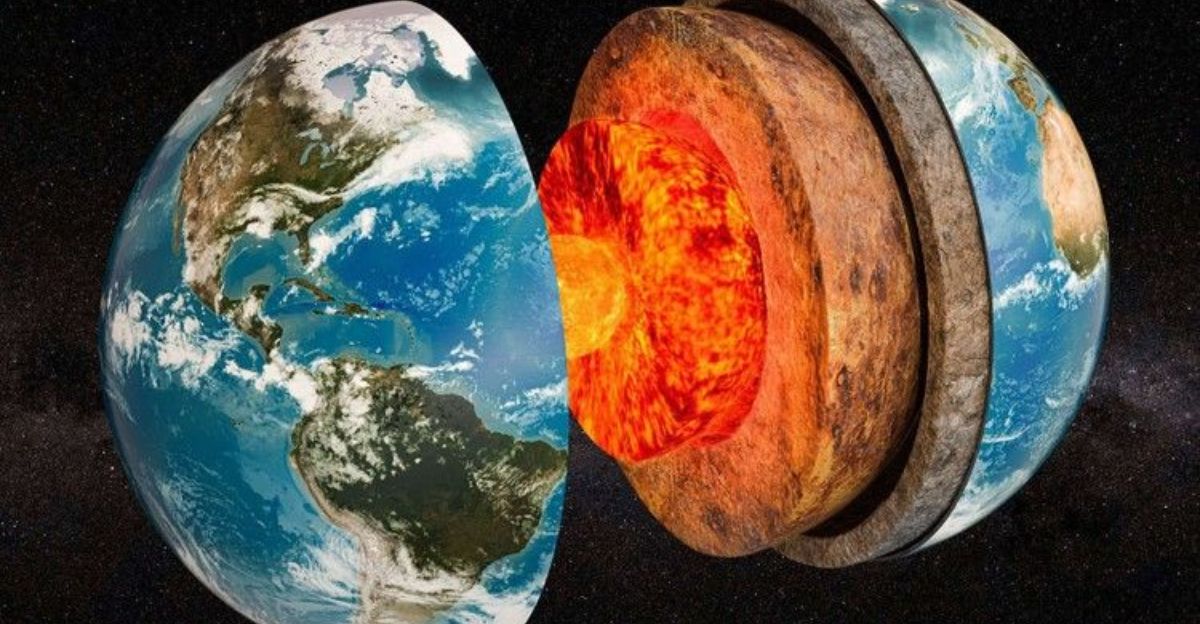
Each of the hundreds of these old slabs that may be concealed beneath entire ocean basins and continental roots could be a foundational element for future scientific advancements and a better comprehension of Earth’s geo-dynamics.
By anchoring or redistributing mantle flow, these structures may have an impact on the planet’s long-term stability and supercontinent cycles. The hypothesis that these ancient formations may have indirectly impacted the evolution of life by modifying volcanic activity, surface chemistry, and atmospheric composition over geological epochs is more conjectural but intriguing.
Redefining the Frontier of Earth Science
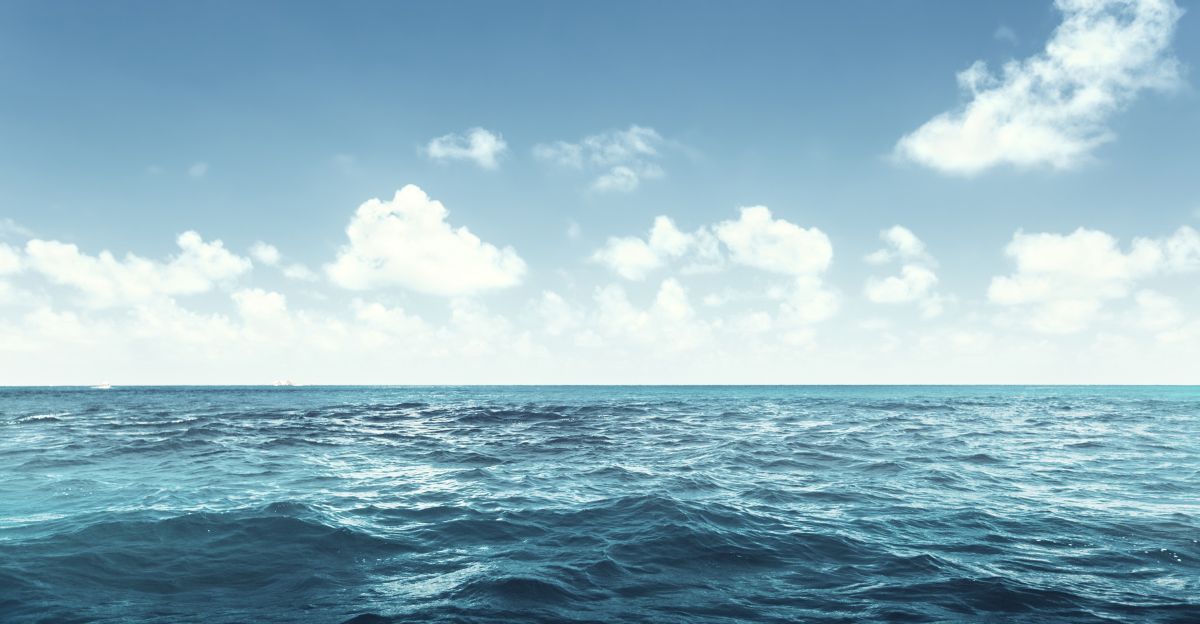
This discovery is based on solid seismic data, peer-reviewed analyses, and supporting geophysical modeling, which calls for an immediate paradigm change and makes it more than just speculation. We must reevaluate our understanding of Earth’s geological past, the basic behavior of its mantle, and the scientific methodologies most appropriate for studying it in light of the discovery of dozens, if not hundreds, of ancient slabs beneath the Pacific Ocean and probably elsewhere.
Science advances by persistently challenging preconceived notions rather than by courteously reaching a consensus. The 200-million-year-old slabs found beneath the Pacific are only the first step in a search for hundreds more that could fundamentally alter Earth science and increase our understanding of the dynamic planet beneath our feet.


